What is Fragmentation?
Fragmentation is a method of asexual reproduction where an organism splits into fragments, and each fragment develops into a new individual. This process is common in certain plants, fungi, and simple animals. Imagine a parent organism breaking into pieces, with each piece capable of growing into a complete, genetically identical offspring. In plants, this can occur through natural processes like branches breaking off, and taking root. Similarly, some animals, like starfish, can regenerate from broken parts. The key is that each fragment has the potential to develop into a fully functional organism without the need for Fertilization or the involvement of reproductive cells.
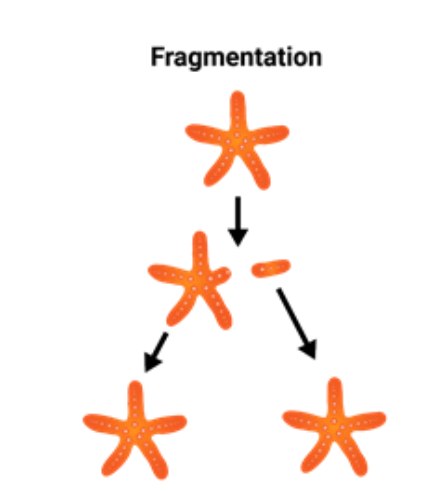
Fragmentation allows organisms to rapidly produce new individuals, but it also comes with challenges. For instance, each fragment must contain enough essential structures and genetic information to survive and thrive on its own. Additionally, environmental conditions play a crucial role in the success of this reproductive strategy. Overall, fragmentation is a fascinating mechanism that showcases the diversity of reproductive strategies in the natural world.
Diagram of Fragmentation
The diagram of fragmentation visually illustrates how a parent organism breaks into pieces, and each piece has the ability to grow into a new individual. Think of it like a puzzle where each piece can independently develop into a complete picture. In simple terms, the diagram shows the process of asexual reproduction, where fragments from a parent organism have the potential to regenerate and form new, genetically identical individuals, aiding in rapid reproduction and colonization in certain plants and animals.
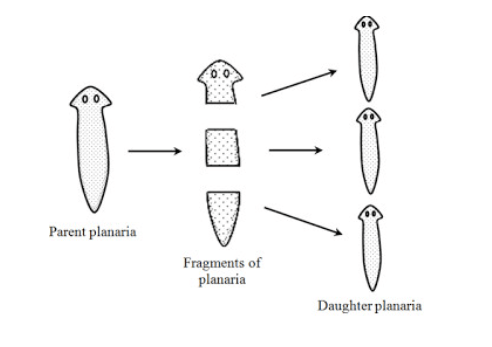
Process of Fragmentation
Fragmentation is a form of Asexual Reproduction where an organism breaks into pieces and each piece can develop into a new individual. An example of fragmentation is seen in certain plants like spider plants or ferns, where a broken piece of the parent plant can develop into a new plant through the process of regeneration. The process typically involves the following steps.
Step I: Initiation: The organism initiates the process by developing specific structures or breaking into fragments.
Step II: Separation: The organism physically breaks into fragments. This can happen naturally due to environmental factors or through the organism’s own mechanisms.
Step III: Regeneration: Each fragment has the potential to regenerate into a complete individual. This often involves the growth of missing parts, such as roots or other essential structures.
Step IV: Independence: Once regeneration is complete, each fragment becomes an independent organism capable of carrying out its life processes.
Fragmentation in Animals
Fragmentation in animals is a unique reproductive strategy observed in various organisms. This asexual reproduction method involves the division of a parent organism into distinct fragments, each capable of independently developing into a new individual. This process is observed in various lower simple organisms like flatworms, sea anemones, starfish, and certain annelids frequently employ this mechanism. The process typically begins with the parent organism breaking into fragments, with each fragment possessing the ability to regenerate and grow into a complete, genetically identical organism.
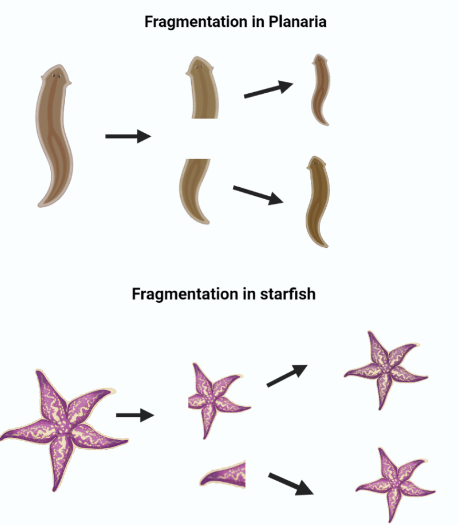
This method allows for rapid reproduction and the generation of genetically identical offspring without the involvement of sexual reproduction. It is an adaptive strategy in certain environments where conditions favor this form of asexual reproduction, enabling these organisms to exploit their populate their habitats effectively.
Fragmentation in Plants
Fragmentation in plants is a form of asexual reproduction where a parent plant produces fragments and each fragment can develop into a new individual. This process is common in some plant species and involves the detachment of plant parts, such as stems, roots, or leaves, which can then grow independently to form new plants.
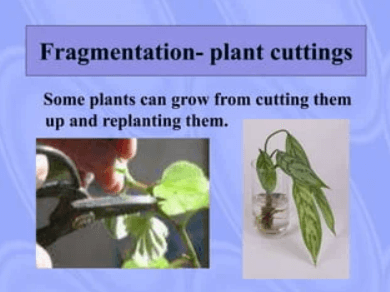
Examples include runners in strawberries or spider plantlets. The ability of these plant fragments to regenerate into complete, independent organisms allows for efficient clonal Reproduction. This method is advantageous in environments where it helps plants colonize new areas, compete for resources, and ensure genetic continuity without relying on seeds or Pollination.

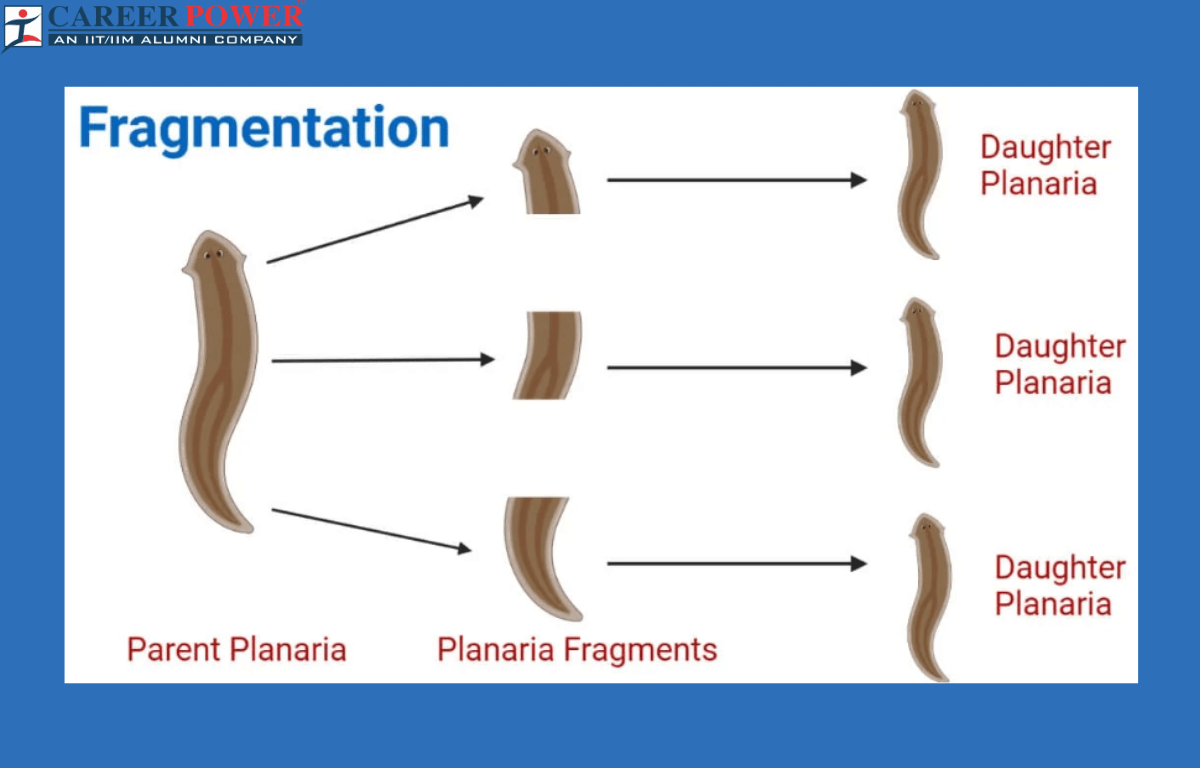

 50 Vegetables Name for Kids in English a...
50 Vegetables Name for Kids in English a...
 Food Chain: Definition, Types, Examples,...
Food Chain: Definition, Types, Examples,...
 Human Respiratory System: Definition, Di...
Human Respiratory System: Definition, Di...













